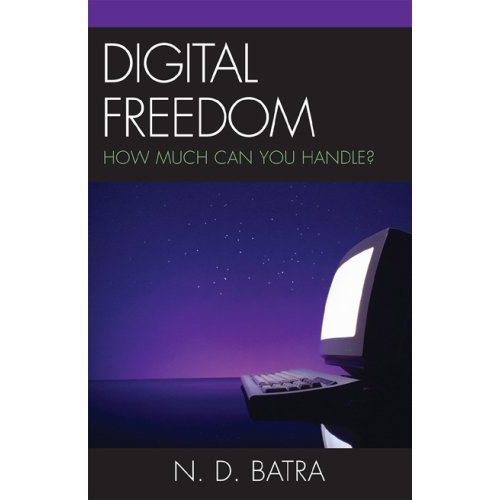Surveillance: Getting used to it?
ND Batra
From The Statesman
Search companies like Google, Yahoo, AOL and others collect and archive huge amounts of personal data from which can be profiled the behaviour of the user.
A few weeks ago, America On Line, an Internet search company inadvertently released from its archives millions of search queries done by more than 600,000 users during a three-month period. Thought their names were not released but it would not have been difficult to put together the profile of searcher 167845, for example, and what was obsessing him or her.
The questions you ask and the searches you make online or in real life reveal your mind. The American people are quietly submitting to whatever brings them a feeling of assuredness. Protests against intrusiveness by the government and businesses into our personal lives have become muted. We are slipping into a low-intensity surveillance society.
Every time there is a terrorist attack, we feel that the government might be right. Online surveillance devices are being increasingly used by businesses to track users when they surf their websites. Tracking is done unobtrusively and the user can never suspect that he is being watched; nonetheless, the practice is questionable, especially when the Website does not declare in its privacy policy.
Most of us are familiar with cookies, small software programmes the advertisers put on our hard drives to track where we surf so that they can customise the most appropriate advertising message for us to achieve target marketing, reaching the right person with the right message. But a web bug can be programmed to collect whatever data is required without the knowledge of the user. When you look at your online mutual fund statement, or a pornographic site, the web bug too could be monitoring it. Some companies do inform their visitors about the tracking devices they use and for what purposes. Yahoo!, for example, uses web beacon, a single-pixel picture, to count and identify users. A web beacon can track whether a particular message, including junk mail, has been opened and acted upon or not.
Any electronic image that is part of a web page, including a banner ad, can be programmed to act as a beacon and spy on the user. Yahoo! claims that the information enables the company to personalise the surfing experience when a frequent user visits their portal. The company uses beacons to do demographic research on behalf of their clients, but asserts that no personally identifiable information gathered from the beacon research is shared with the clients. Users can opt-out, but most of them don’t know whether the option is available, nor do many of them pay attention to the privacy statement.
Surveillance technologies are not limited to the Net. Several companies are using biometrics, face recognition, radio frequency and global positioning system (GPS) technologies, to keep a watch on their properties and track suspects. Many car rental companies in the USA use GPS to keep track of their rental cars. If a car is stolen or involved in an accident, the company would know the exact location of the car. GPS also enables them to check the speed of a rental car. About five years ago, Acme Rent-a-Car of New Haven, Connecticut charged one of its renters $400 for exceeding the speed limit, which it tracked with GPS; but the Connecticut Department of Consumer Protection sided with the renter and did not allow Acme to collect the fine. It also raised an intriguing legal question whether a private company can act as a traffic policeman and penalise the offender.
Many airports have started using digital fingerprint identification technology to conduct background checks without any protest from employees. Face recognition technology is being extensively used not only in airports but also in ballparks, banks and other business establishments. If a suspect turns up, his face is digitally matched in seconds with the image database. It is not a foolproof system; for example, a man with sunglasses could not be identified with face recognition technology. So far no terrorist has been apprehended by face recognition technology, but the security business is booming in the USA.
The US Customs and some airports are using low-dose x-ray machines, such as Body Search, to electronically scan a person for drugs, bombs and contraband. Body Search electronically strips a person naked and projects the image on the screen for scrutiny without the person being asked to take her clothes off – all in the name of security. Hundreds of air travellers, including women, are randomly subjected to electronic Body Search.
An interesting security tracking technology is the radio-frequency identification tag (RFID), which is attached to a suspect’s baggage as he checks in. The tagged baggage is automatically routed to a security area where it is screened with special cameras and sensors for explosives and other hazardous materials. Along with our baggage, we too might have to wear radio-frequency ID tags so that we can be monitored as we move from one airport to another, from country to country via GPS.
Only if we could put an RFID tag on every terrorist!
The most ironic part of being under surveillance is that it has not diminished American innovativeness, creativity and productivity.
Tuesday, August 22, 2006
A low-intensity surveillance society
at Tuesday, August 22, 2006 Posted by Narain D. Batra
Subscribe to:
Post Comments (Atom)

No comments:
Post a Comment